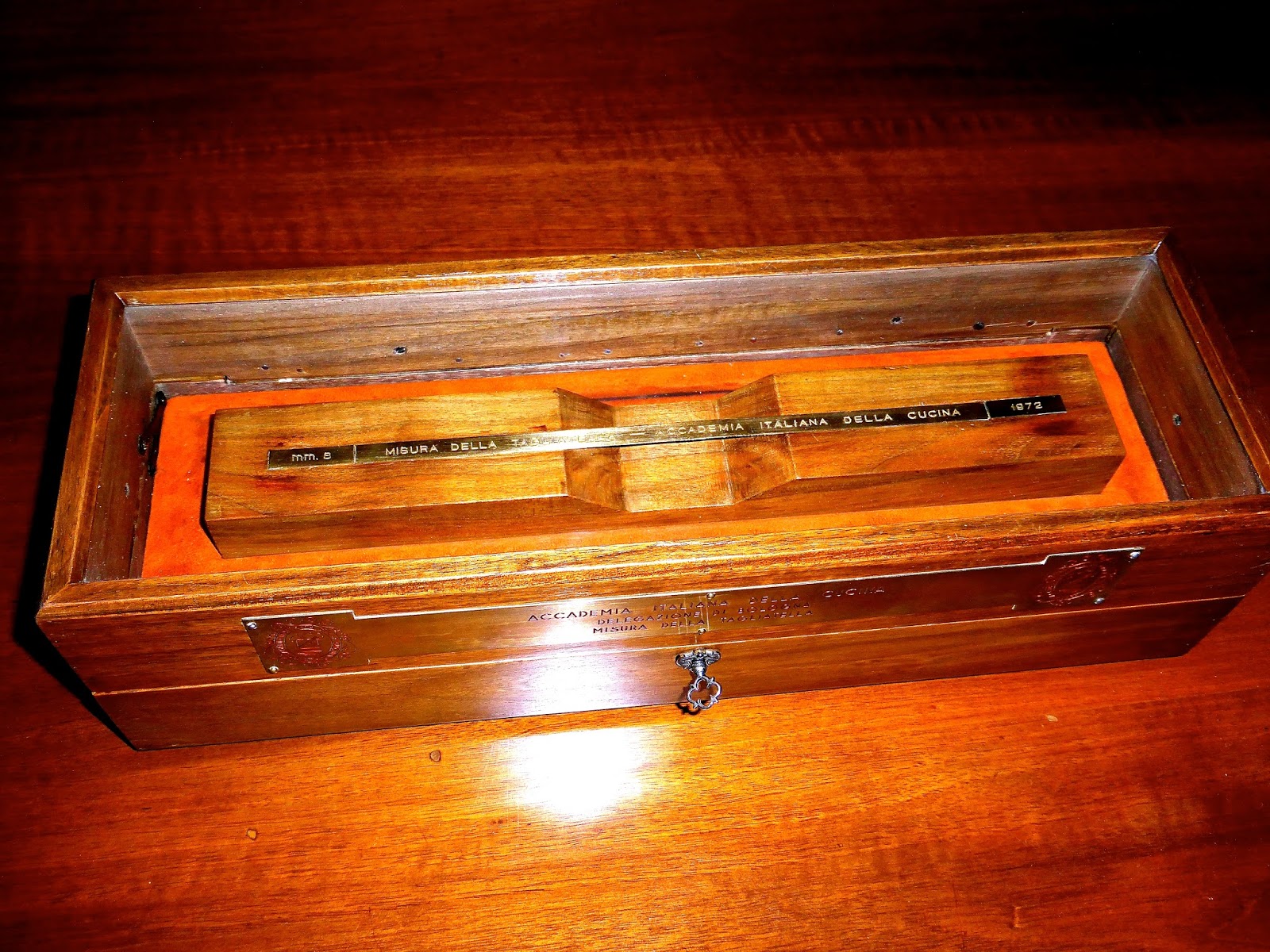this post was submitted on 29 Sep 2024
342 points (97.5% liked)
Mildly Interesting
18082 readers
7 users here now
This is for strictly mildly interesting material. If it's too interesting, it doesn't belong. If it's not interesting, it doesn't belong.
This is obviously an objective criteria, so the mods are always right. Or maybe mildly right? Ahh.. what do we know?
Just post some stuff and don't spam.
founded 2 years ago
MODERATORS
you are viewing a single comment's thread
view the rest of the comments
view the rest of the comments

Right? Didn't they define the kilogram, make identical copies of the standard, sent them to different countries, then after years, reunited them and found they all diverged in mass?
And now they have made a perfect silicon sphere with the same mass as the standard kilogram, then counted all the atoms. So now we know the exact mass in silicon atoms of a kilo.
Let's just define tagliatelle in light nanoseconds and be done with it.
Since 2019, the kg is just defined in terms of the Plank constant and some math with the resonant frequency of cesium as well as the speed of light. There was too much variability in anything physical so they decided to just fix some constants at whatever value they were close to.
https://en.wikipedia.org/wiki/2019_revision_of_the_SI
It's part of the attempt to more accurately define Avogadro's number and the kilo.
https://www.nist.gov/si-redefinition/kilogram-silicon-spheres-and-international-avogadro-project
Since the 2019 SI redefinition, avogadro’s number is a constant.
https://en.wikipedia.org/wiki/Avogadro_constant
Edit: looks like we were both right! I was reading through your link and it seems the work reported by the NIST led to the exact definitions for Avogadro’s number and the Planck constant.
They counted the atoms?
Didn't they just took the mol mass and calculated it? (Not sure if mol mass is the right term... School chemistry is a long time ago...)
And I don't see how we even should be able to count them.
Would be really interested, if it happened that way, how they did it.
https://en.wikipedia.org/wiki/Alternative_approaches_to_redefining_the_kilogram#Avogadro_project
Beat me to it.
https://www.nist.gov/si-redefinition/kilogram-silicon-spheres-and-international-avogadro-project
Ironic how the US wants to define the kilogram while the majority refuses to use it.
Thank you very much!
https://www.nist.gov/si-redefinition/kilogram-silicon-spheres-and-international-avogadro-project
Thanks for the additional information!
They gave up on that plan. Defining Plank's constant happened first. It could still be done as a secondary confirmation, but it's less of a race now to get away from K